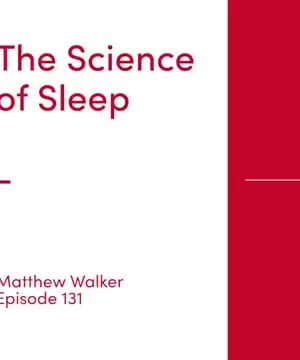Circadian rhythm vs chronotype
Sources:
Circadian rhythms and chronotypes are closely related concepts, but they are not the same. Here's how they differ based on insights from experts in the field:
-
Circadian Rhythm:
- This is the internal clock that regulates the sleep-wake cycle and other biological processes on a roughly 24-hour schedule. It's influenced by external cues like light and temperature and can be trained to some extent by regular routines and environmental changes 1 2.
- Everyone has a circadian rhythm, which helps dictate when we're naturally inclined to be awake or asleep. It appears as a sinusoidal wave, active during the day and inactive at night 3 4.
-
Chronotype:
- Chronotype refers to an individual's natural inclination toward being active and alert at certain parts of the day, like being a night owl or a morning lark. It's largely determined by genetics, with at least 22 genes playing a role in defining one's chronotype 2 4.
- It determines where your peak activity and sleep phases fall within your circadian rhythm. For example, a morning person might have their peak alertness early in the day, while a night owl may peak later 1.
The key difference lies in how circadian rhythms are universal to all humans, dictating a rough 24-hour cycle, whereas chronotypes personalize the circadian rhythm to fit individual genetic dispositions and preferences 1 4 3.
RELATED QUESTIONS-


